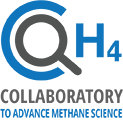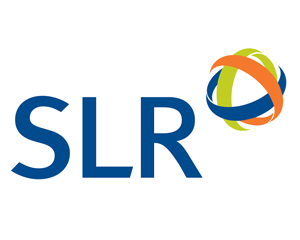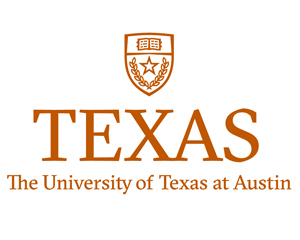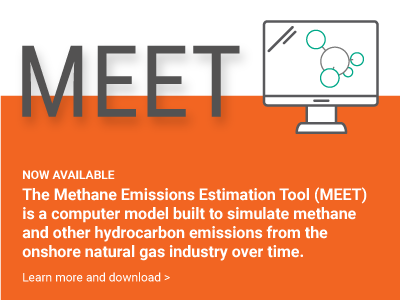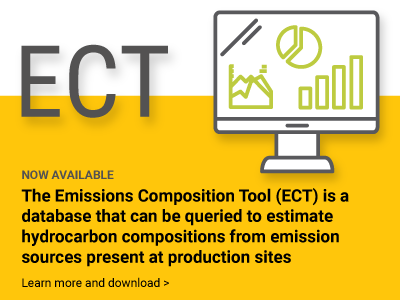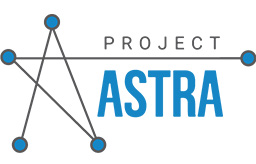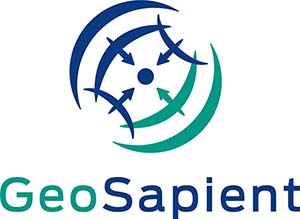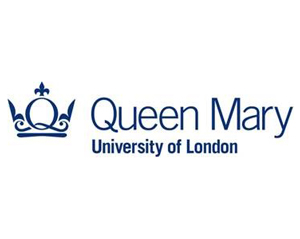Completed Projects
Results are reviewed by an external Scientific Advisory Board, and our team works to disseminate the results and launch external engagement strategies to broadcast our findings to the broader research community. View summaries and results from our completed projects below.
Source Emission Accounting & Localization System (SEALS)
Research Team:
National Center for Atmospheric Research
Applications Laboratory, Computational and Information Systems Laboratory

Colorado State University
Energy Institute

Principle Investigator: Dr. Jeremy Sauer (NCAR)
Research Objective: This project developed a novel artificial intelligence-based approach and associated open-source software that advances more accurate and reliable methane emissions assessments in the oil and gas industry.
Using state-of-the-art atmospheric modeling and the latest machine learning (ML) techniques, the project created datasets of virtual emissions scenarios to train and test new ML models to locate and quantify methane emissions at upstream and midstream oil and gas facilities using continuous monitoring sensors.
The python-based workflows are available for further research and extension.
Publication of a peer-reviewed research paper is expected later this year.
Top-Down Bottom-Up Methane Emission Reconciliation (TOPBOT)
Research Team:
Colorado State University
Energy Institute
Methane Emissions Technology Evaluation Center

Pennsylvania State University
Department of Meteorological and Atmospheric Science

Harvard University

Principle Investigator: Stuart Riddick (CSU), Daniel Zimmerle (CSU), Dr. Kenneth Davis & Dr. Natasha Miles (PSU), Zachary Barkley (PSU)
Research Objective: This project improved the accuracy and understanding of methane emissions estimation models in oil and gas production basins by reconciling the gap found between top-down and bottom-up estimation methods. The team identified discrepancies between the two methods by comparing real-world emissions data to a series of modeling experiments and recommended additional data to improve methods for high quality comparison.
Permian Emissions Survey by Equipment Type
Research Team:
Principle Investigator: Matt Harrison (SLR)
Research Objective: This project identified and quantified high-emitting pieces of equipment within the Permian basin to inform the prioritization for repair of leaking equipment. Researchers analyzed the frequency and volume of emissions by equipment type using anonymous baseline leak rate data from equipment. This information is crucial in determining the most effective mitigation strategies and how best to deploy resources to address leaks.
Methane Emission Estimation Tool (MEET)
Research Team:
Principle Investigator: Dr. David Allen (UT)
Research Objective: This project designed a computer model to simulate methane and other hydrocarbon emissions from the onshore natural gas industry over time. The goal of the MEET model is to develop a freely available and flexible tool for constructing methane emission inventories representative of several key production areas.
This open-source model gathers emissions and activity data from published research, or from custom data entered by the user, to allow for customization and/or aggregation of emission estimates across a variety of scales. Segments and modules of the model include onshore well sites, compression and boosting, and emissions composition estimation. The results offer an open-source emission estimation tool representative of realistic emission patterns for equipment types – not simple steady state emission assumptions.
Project Astra: Fixed Sensor Network Intercomparison
Research Team:
Principle Investigator: Dr. David Allen (UT Austin)
Research Objective: Real-world testing was performed in this project to determine the accuracy and efficacy of commercially available, high-frequency sensors. The research team collected and analyzed emissions monitoring data from seven sensors in a series of single-blind challenges and compared the results to established baselines. The results of this study informed the selected of sensors for Project Astra’s pilot network in the Permian Basin.
Satellite-Based Measurement Data
Research Team:
Principle Investigator: John Kelley (GeoSapient), Dr. Daniel Jacob (Harvard)
Research Objective: This project examined the capabilities and limitations of today’s satellite-based methane detection technologies, methods, and data analytics for inferring methane emissions from the global scale down to point sources. The research team identified technology gaps and provided considerations for addressing them in future generations of satellites.
Measuring Offshore LNG Emissions
Research Team:
Principle Investigator: Dr. Paul Balcombe (QMUL)
Research Objective: This project produced credible, independent datasets on emissions associated with offshore LNG transport by directly measuring and quantifying methane and CO2 emissions from an operating LNG vessel. The research team utilized measurement data from continuous monitoring systems and optical gas imaging in tandem with modeling of an LNG carrier ship to then determine effective methods for quantifying emissions and estimating fugitive emissions from venting and incomplete combustion.
Project Astra: Digital Twin Methane Monitoring Network
Research Team:
Principle Investigator: Dr. David Allen (CSU)
Research Objective: This project assessed the effectiveness of continuous sensor network configurations in detecting infinite and fixed-duration emission events as a part of Project Astra. Dispersion modeling and Monte Carlo simulations were used to evaluate detection capabilities and demonstrate the sensitivity of sensor networks to emission event characteristics, sensor placement and configuration, and meteorological conditions.
